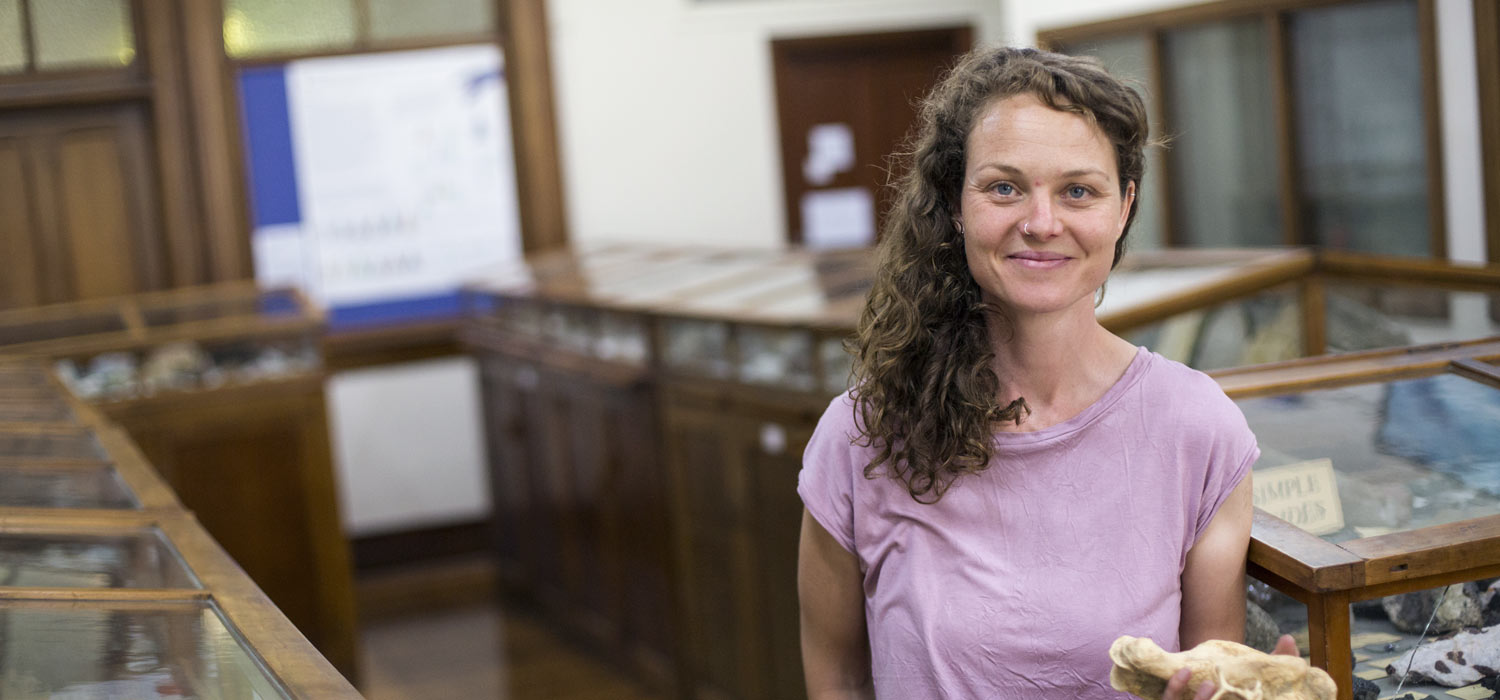
Food web insights
Fur seal and sea lion bones ranging back to the earliest human occupation of Aoteoroa are helping Dr Lucy Wing (Marine Science) piece together historical changes in marine food webs.
Human impacts such as over-fishing, climate change and pollution are altering how marine ecosystems work.
"We can identify changes happening now, but not what happened in the past or what our pristine ecosystems used to be like," Wing explains.
"By working out how and when marine food webs changed, I hope to help guide the restoration of fully functioning marine ecosystems."
Seals and sea lions make excellent food-web ambassadors for this research – as apex predators at the top of the food chain, their diet provides insight into the whole food web.
To understand their present-day diet Wing collects fur samples from the endangered sea lions by gently rubbing them on the back, using a disposable razor on a broomstick.
Collaboration with Associate Professor Ian Smith (Archaeology) provides access to sub-fossil bones from Māori middens to describe the diet of animals before Europeans arrived (1250-1800).
Stable isotope analysis by the Department of Chemistry enables Wing to identify whether her subjects are eating from a coastal or an open-ocean food web. "I can also find out what trophic level they are feeding at. This is important because more pristine food webs tend to have more trophic levels, while human impacts can reduce the number of trophic levels, creating simpler food webs which are less stable."
The project is supported by a Marsden Fast Start Grant.
